10 Home Remedies that Will Help You Get Soft Heels
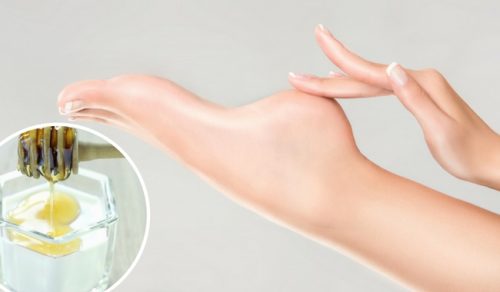
Having soft heels is synonymous with a good care routine. Therefore, they make us look more attractive and, in a way, healthier. Once again, it’s clear that a good image can say a lot about you.
Why do cracked heels form?
The feet have the thickest skin because they withstand all the body’s pressure. As they don’t contain fatty substances, they don’t self-hydrate, so you must exfoliate frequently and apply a cream every day.
The problem of cracked heels mainly affects outer skin layers. Cracks, which form when the skin around the heels becomes dry, can penetrate through the dermis. In the worst cases, this can cause severe pain.
Some of the symptoms that accompany this lack of hydration can be:
- Itching
- Peeling
- Redness
Also, some cases are caused by zinc and omega-3 fatty acid deficiency, so if your problem persists after treating them, you should consider going to the doctor.
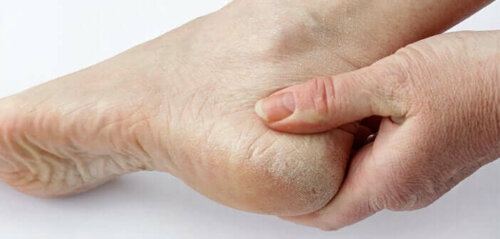
This might interest you: 5 Tips for Taking Care of Your Feet this Summer
The right footwear
Cushioning is essential. If the weight of the body falls on a practically non-existent sole and on a shoe that doesn’t allow breathability, there’s a greater chance that your feet will suffer.
So what footwear should you wear to get soft heels?
- Comfortable and sufficiently supported footwear so that your feet can’t move inside. Your footwear should properly support the heel and avoid wearing overly high heels.
Homemade tips to get soft heels
One of the best tips to prevent cracked heels is to use closed, comfortable shoes with cotton socks and always apply moisturizing cream on your heels. But if your feet are already dry and cracked, some effective home remedies can help shed the dead skin cells.
1. Pumice stone and foot bath
- To have soft feet, you can soak them in hot water for 15 to 20 minutes before going to bed.
- Then, rub your heels with a pumice stone, being careful not to overuse it on the cracked areas.
- Rinse your feet and dry them.
- After this, apply a moisturizer to your entire foot.
- Don’t put on socks after the cream because they promote maceration. In other words, the softening of the skin and its wrinkled appearance when it remains in contact with a wet object for a long time.
2. Healthy vegetable oils to have healthy heels
The use of vegetable oils is a practical and very useful home remedy to hydrate and get soft heels. Coconut oil or olive oil are two good moisturizing remedies. Massage them onto your feet and you’ll see how, little by little, you can get healthier and more beautiful skin.
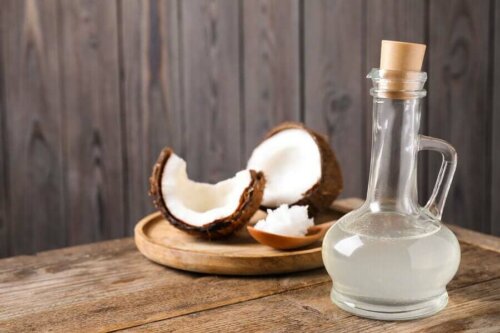
3. Petroleum jelly and lemon juice
Lemon juice and petroleum jelly act on the skin and help soften hardness and reduce the chances of skin becoming cracked. Lemon is also a natural remedy to whiten and strengthen your nails. It also prevents fungus and bad odor.
- Immerse your heels in hot salt water for 15 or 20 minutes.
- Dry your feet well.
- Cover your feet with a lemon and petroleum jelly mixture.
Read: 13 Surprising Ways to Use Petroleum Jelly
4. Honey, a natural softener
Honey is used as an active ingredient in various cosmetic formulas to hydrate the skin, nourish it, and, among other things, get soft heels. We suggest using it in a homemade mask with avocado.
Mix a tablespoon of honey with the pulp of an avocado until you create a soft paste. Apply the mixture to your heels and leave it on for 10 to 15 minutes. Remove by rinsing with warm water.
5. Paraffin treatment to have smooth heels
Paraffin is an excellent therapy for soft heels. It’s ideal for treating heels with cracks that cause pain and discomfort. Mix paraffin wax with coconut or mustard oil. Warm both ingredients to a tolerable temperature. Then, apply the mixture to your heel.
6. Rice flour scrub
- Prepare a scrub with 2 or 3 tablespoons of rice flour, honey vinegar, and apple cider.
- Soak your feet in warm water to soften the hard skin.
- Then, apply this exfoliating mixture using circular massages.
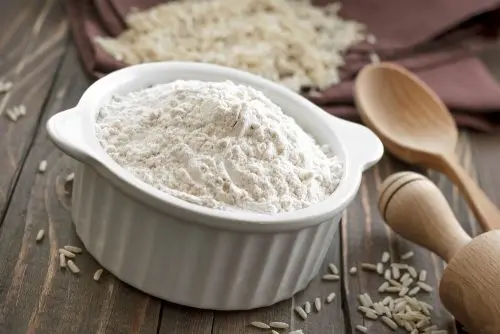
You should read: Exfoliate Your Feet with Coconut Oil and Salt
7. Oat exfoliating scrub
Oats are another natural product with very beneficial effects on the skin on your your heels. In addition to softening them, they help feet look more beautiful. To take advantage of their properties, you should mix a few tablespoons of powdered oats with jojoba oil.
Apply the mixture to the affected area by using circular motions, and leave it on for 10 minutes.
8. Yogurt and honey mixture
Another great home remedy against cracked heels is a paste made with yogurt and honey you can apply on your elbows, knees, and heels to soften and moisturize them.
Ingredients
- 1 yogurt (125 g)
- 1 tablespoon of honey (25 g)
Preparation
- Combine the yogurt with the honey with a spoon.
- Apply the mixture to the hard parts of your heels to integrate them well.
- For best results, repeat this process every night.
Discover: The Amazing Benefits of Using a Yogurt and Lemon Mask
9. A baking soda and oats mixture
It’s also possible to get soft heels if you make a paste with baking soda and oats and apply it to the affected areas using gentle massages, with circular movements.
Note: Instead of baking soda, some use aspirin powder.
10. Castor oil
Finally, castor oil can be very useful for improving the appearance of cracks on your feet, but you shouldn’t apply it to open wounds. Soak a wipe or gauze with castor oil. Then, place it on the dry area and keep it attached by means of adhesive tape.
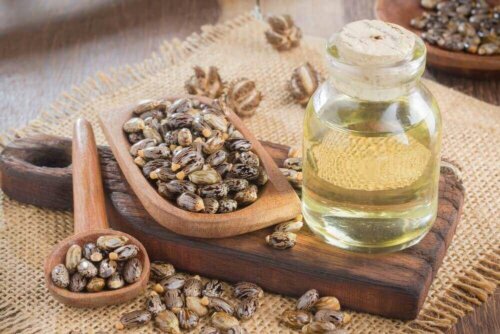
Be constant in the use of these tricks to be able to get results and show off smooth heels
Having soft heels and well-groomed feet is a matter of habit. Therefore, you should apply a cream or an oil every day to be able to get good results and prevent cracks and other skin imperfections. Otherwise, you’ll hardly get the results you want.
All cited sources were thoroughly reviewed by our team to ensure their quality, reliability, currency, and validity. The bibliography of this article was considered reliable and of academic or scientific accuracy.
- Bährle-Rapp, M., & Bährle-Rapp, M. (2010). coconut oil. In Springer Lexikon Kosmetik und Körperpflege. https://doi.org/10.1007/978-3-540-71095-0_2281.
- FEN, F. E. de N. (2013). Yogur. Fundación Española de Nutrición.
- Gahukar, R. T., & Mital, S. (2017). Castor oil. In Green Pesticides Handbook: Essential Oils for Pest Control. https://doi.org/10.1201/9781315153131.
- Labropoulos, A., & Anestis, S. (2012). Honey. In Sweeteners: Nutritional Aspects, Applications, and Production Technology. https://doi.org/10.1201/b12065.
- Mcloone P, Oluwadun A, Warnock A. M. Honey: a therapeutic agent for disorders of the skin. Central Asian Journal of Global Health. Agosto 2016. 5 (1).
- Medline Plus. Ácido Salicilico tópico. Biblioteca Nacional de Medicina de Estado Unidos. Septiembre 2016.
- Rosado J. L. Deficiencia de zinc y sus implicaciones funcionales. Salud Pública Mexicana. 1998. 40: 181-188.
- Van Everdingen, J. J. E., & Menke, H. E. (2012). Vaseline. Nederlands Tijdschrift Voor Dermatologie En Venereologie.
This text is provided for informational purposes only and does not replace consultation with a professional. If in doubt, consult your specialist.








